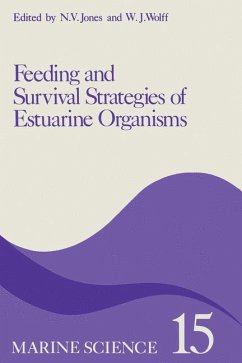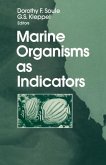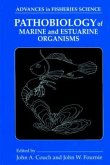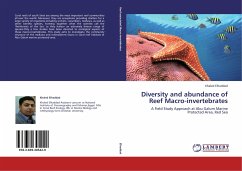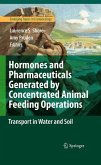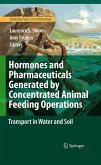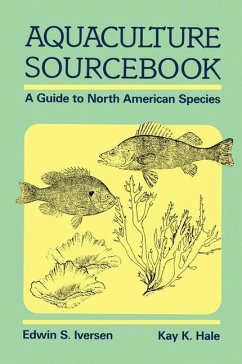JonesFeeding and Survival Srategies of Estuarine Organisms
Hinweis: Dieser Artikel kann nur an eine deutsche Lieferadresse ausgeliefert werden.
Attachment to Suspended Solids as a Strategy of Estuarine Bacteria.- Growth and Survival of Estuarine Microalgae.- Survival Strategies of Attached Algae in Estuaries.- Survival Strategies of Meiofauna.- Survival Strategies of Tubificids in the Thames and Other Estuaries.- Survival Strategies in Estuarine Nereids.- Behavioural Activities and Ecological Strategies in the Intertidal Gastropod Hydrobia uVoae.- The Survival of Macoma balthica (L.) in Mobile Sediments.- The Feeding and Survival Strategies of Estuarine Molluscs.- The Survival, Behaviour and Respiratory Physiology of Crangon vulgaris (Fabr.) in the Polluted Thames Estuary.- The Penetration of Brackish-Water by the Echinodermata.- Effects of Closure of the Grevelingen Estuary on Survival and Development of Macrozoobenthos.- Tidal Migration of Plaice and Flounders as a Feeding Strategy.- On Cropping and Being Cropped: The Regeneration of Body Parts by Benthic Organisms.- How Foraging Plovers Cope with Environmental Effects on Invertebrate Behaviour and Availability.- Prey Depletion and the Regulation of Predator Density: Oystercatchers (Haematopus ostralegus) Feeding on Mussels (Mytilus edulis).- Factors Affecting the Use of Mussel (Mytilus edulis) Beds by Oystercatchers (Haematopus ostralegus) on the Exe Estuary, Devon.- Survival of Shorebirds (Charadrii) during Severe Weather: The Role of Nutritional Reserves.- The Importance of Nocturnal Feeding in Shorebirds: A Consequence of Increased Invertebrate Prey Activity.- The Importance of Field Feeding to the Survival of Wintering Male and Female Curlews Numenius arquata on the Tees Estuary.- Migration and Dispersal of Shorebirds as a Survival Strategy.- Feeding and Survival Strategies of Estuarine Organisms: Epilogue.

